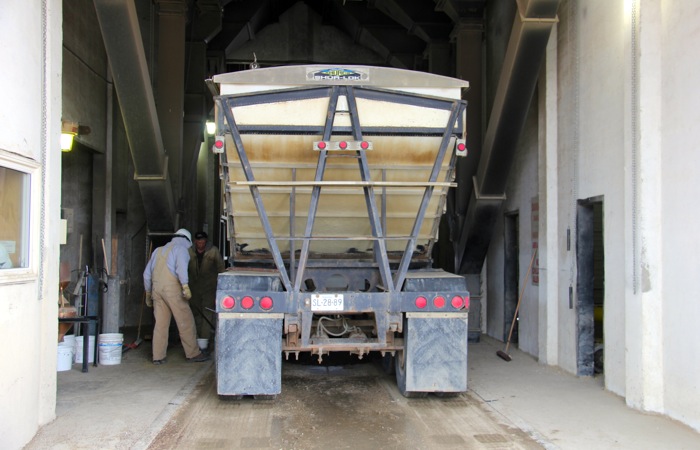Several world events are underway that could impact markets.
The U.S. Federal Reserve is still saying it will raise interest rates this fall. This would further depress the Canadian dollar, which should help on the price competitive side of things when we’re selling our grains into world markets.
Earlier this summer, the effects of Brexit on world markets were still a big unknown. After the initial jolt immediately after the vote, the reality of the situation is that nothing much has changed and markets have been little affected so far. However, it could be another story altogether when the actual separation takes place.
Read Also

Gentle treatments for pain in the neck
Heading toward year-end, people unknowingly tense up against the cold and busyness, causing neck pain that can often be treated with appropriate support and gentle mobility, athletic therapist Kathlyn Hossack says.
A bigger issue is Canada’s ongoing dispute with China and their demand to reduce the canola import dockage maximum from 2.5 per cent down to one per cent which could virtually shut off shipments to China altogether. This is not a good scenario as we ship about 40 per cent of our canola to China yearly. Since China backed off its initial September 1, 2016, deadline to implement this change during our Prime Minister’s August visit, the problem has been postponed, but is not yet resolved.
Chinese crushers prefer to crush Canadian canola as the oil yield and meal quality is much higher than what they get from locally grown rapeseed. Many see this low dockage requirement as a political manoeuvre by the Chinese government to slow canola imports and force local crushers to buy rapeseed from government stocks to reduce the carryout of the large rapeseed inventories the government currently holds. Regardless of the reason, implementing low dockage requirements would slow down exports of Canadian canola to our No. 1 customer in a big way. We could be sitting with excess stocks come year end, which won’t help canola prices improve any time soon.
Global production
It’s also important, of course, to keep an eye on global crop production.
Overall, world crop production looks to be average to above average.
The EU crop overall looks to be about average, but some countries such as France are experiencing fairly major production losses due to weather, which will allow imports into the EU from the former Soviet regions.
Russia’s production continues to grow year over year. Russia is able to sell very aggressively due to its low currency valuation. This has helped push wheat futures down to 10-year lows.
Grain prices have fallen between 15 and 30 per cent over the past three months mainly due to the above-average world production, and world supplies that will be more than adequate to carry us through to the next crop. Add to that a slumping world economy which reduces overall demand for grains and we have a situation where we are building world grain inventories to record levels that will likely take two or more years to work through before we see any kind of a real price rebound.
The North American harvest is underway. The United States Department of Agriculture and Statistics Canada are both predicting an above average crop. This will not help market prices.
Excess rains across parts of the Prairies has caused some production and quality loss issues and the most recent Stats Canada report showed a smaller than expected canola production estimate which was somewhat supportive to canola futures for a day or two but not long.
Weather conditions across much of the Prairies have been excessively wet through July and August and forecasts are not seeing any real change to this for the fall. If this wet weather persists we will face a lot of harvest quality issues, which won’t help improve returns to producers.
Your harvest strategies
With the forecast for a wet, cool fall and early cold winter, focus on getting your grain in the bins as fast as possible to maintain quality to maximize returns per acre from that crop.
What are you harvest management capabilities in a wet year? Do you have enough aeration or drying capacities? Can you get your grain dried elsewhere, and at what cost? Is there a market for tough grain near you? What are the discounts? These are all questions you need to ask yourself.
Harvesting grain tough may be a better strategy than leaving it in the field to dry and losing quality to weather conditions. You can always dry tough grain later, or take a delivery discount at the elevator, which should be cheaper than a grade discount. See what grain companies are quoting for drying costs this fall, or ask about tough and damp discounts rates are. Do the math and see what makes the most sense.
If the crop is as big as many are predicting, and if overall quality is poor, the only thing that is going to differentiate your grain from the rest (and hopefully improve your net return per acre) might be the quality of the grain in your bin!















